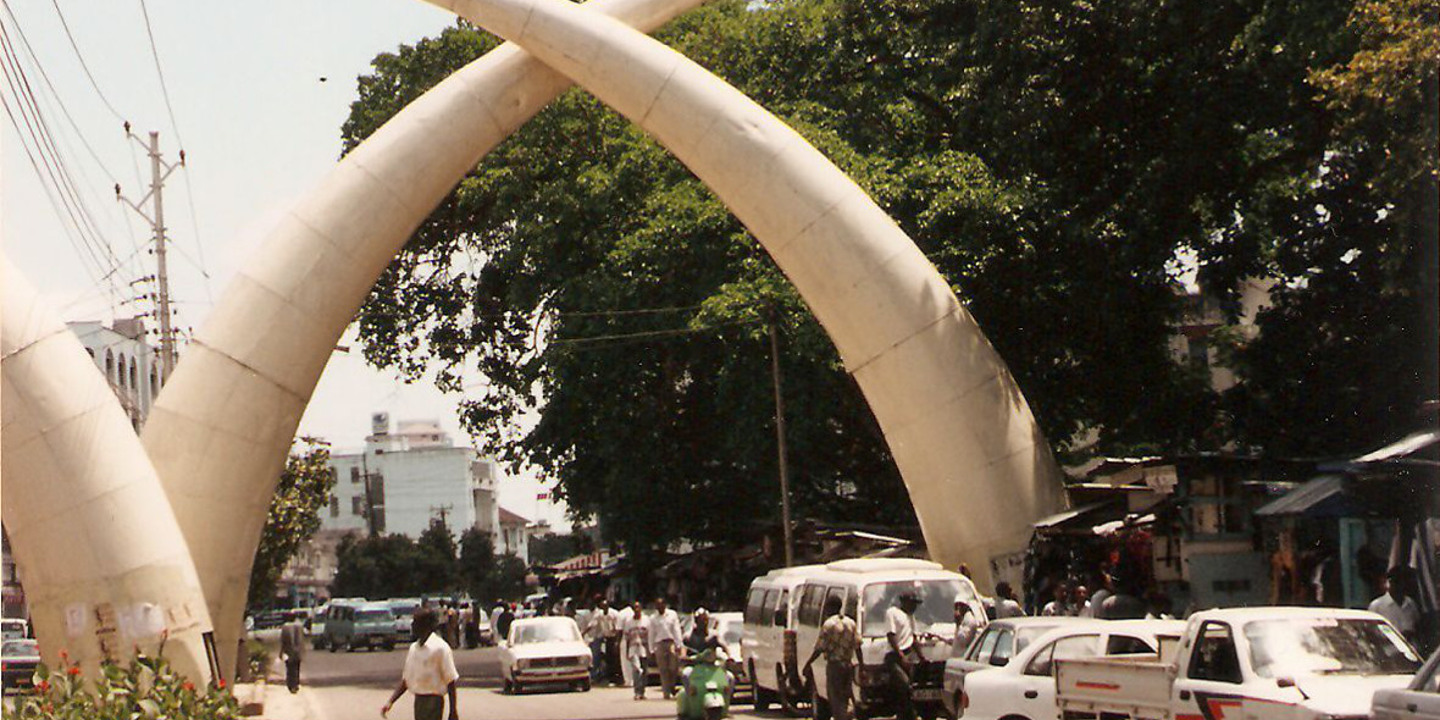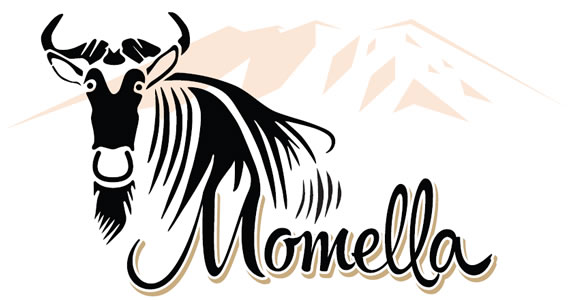
...

Straddling across the equator on the east coast of Africa, Kenya offers an amazing variety of animals, plants and landscapes with quite diverse climatic conditions on an area of 500,000 km². Climates range from the tropical coastal area to dry savannas, from volcanic landscapes to highland moors, from snow on Mount Kenya (5,199 m) to deserts in the northern part of the country.
Ever since the anthropologist Richard Leaky discovered remains of Homo habilis in Koobi Fora on the banks of Lake Turkana, and later found evidence of Homo erectus, Kenya has been regarded as "the cradle of mankind". Throughout its volatile history, particularly the coastal region of Kenya has always been exposed to a variety of external influences - from adventurers from ancient Greece to commercial travelers from India and East Asia, to Persians and Arabs, who fought with the Portuguese and later the British over colonial power.
It was not until 1963 that Kenya became independent from the Biritsh Crown. Jomo Kenyatta was the first President of the new republic. The most challenging issues to this day are the establishment of a social system with schooling and health care and the stabilisation of the economy. Tourism is the main source of foreign currency; another important source of income is the export of agricultural products such as tea, coffee, fruit, vegetables, flowers and cotton.
Kenya has a population of 23 million, consisting of about 50 tribes that can be classiefied into four language groups: Nilotes, Bantus, Nilo-Hamites and Hamites. The common language in Kenya is Swahili, a relatively young language that developed out of a mixture of Bantu and Arabic. English is the second official language.
With a few exceptions, both the Kenyan population and the tourism industry are concentrated along the 640 km long coastline with white, sandy beaches intercepted by bizarre cliffs and mangrove forests. The pleasantly warm Indian Ocean is ideal for swimming, diving, boating and deep-sea fishing.
With its more than 40 national parks and game reserves, each with its own special features, Kenya is the classical safari destination (incidentally, "safari" simply means "journey"). It is the home of many species - from elephants, rhinos, hippos, crocodiles, lions, leopards, cheetahs, buffalos, giraffes, zebras, antelopes and gazelles to an amazing variety of birds. The Indian Ocean with its coral reefs offers a brightly coloured underwater world with hundreds of tropical fishes and plants.
Ever since the anthropologist Richard Leaky discovered remains of Homo habilis in Koobi Fora on the banks of Lake Turkana, and later found evidence of Homo erectus, Kenya has been regarded as "the cradle of mankind". Throughout its volatile history, particularly the coastal region of Kenya has always been exposed to a variety of external influences - from adventurers from ancient Greece to commercial travelers from India and East Asia, to Persians and Arabs, who fought with the Portuguese and later the British over colonial power.
It was not until 1963 that Kenya became independent from the Biritsh Crown. Jomo Kenyatta was the first President of the new republic. The most challenging issues to this day are the establishment of a social system with schooling and health care and the stabilisation of the economy. Tourism is the main source of foreign currency; another important source of income is the export of agricultural products such as tea, coffee, fruit, vegetables, flowers and cotton.
Kenya has a population of 23 million, consisting of about 50 tribes that can be classiefied into four language groups: Nilotes, Bantus, Nilo-Hamites and Hamites. The common language in Kenya is Swahili, a relatively young language that developed out of a mixture of Bantu and Arabic. English is the second official language.
With a few exceptions, both the Kenyan population and the tourism industry are concentrated along the 640 km long coastline with white, sandy beaches intercepted by bizarre cliffs and mangrove forests. The pleasantly warm Indian Ocean is ideal for swimming, diving, boating and deep-sea fishing.
With its more than 40 national parks and game reserves, each with its own special features, Kenya is the classical safari destination (incidentally, "safari" simply means "journey"). It is the home of many species - from elephants, rhinos, hippos, crocodiles, lions, leopards, cheetahs, buffalos, giraffes, zebras, antelopes and gazelles to an amazing variety of birds. The Indian Ocean with its coral reefs offers a brightly coloured underwater world with hundreds of tropical fishes and plants.
Interesting links
www.magicalkenya.com (Kenya Tourist Board)
www.tourism.go.ke (Minsitry of Tourism)
www.kws.org (Kenya Wildlife Service)
www.kenya-information-guide.com
www.africaguide.com/country/kenya/index.htm
 Momella African Adventure
Momella African Adventure